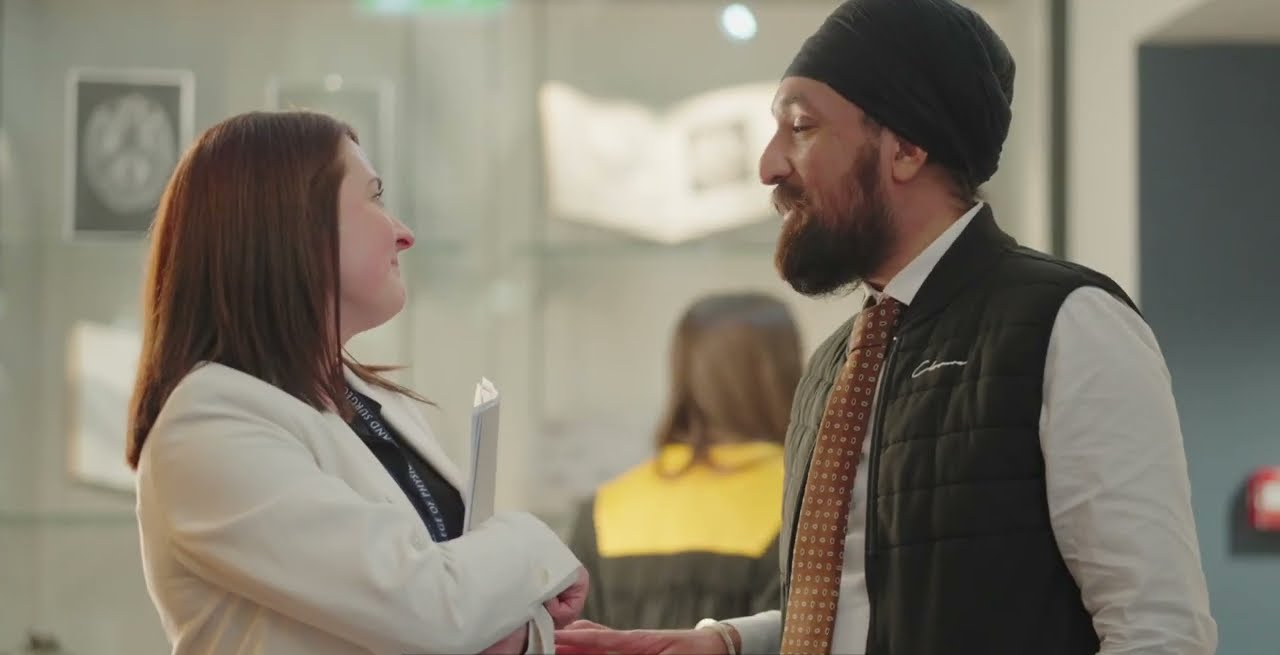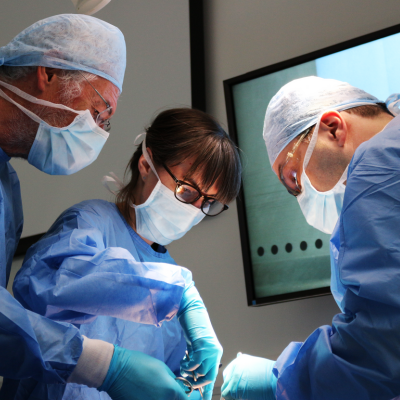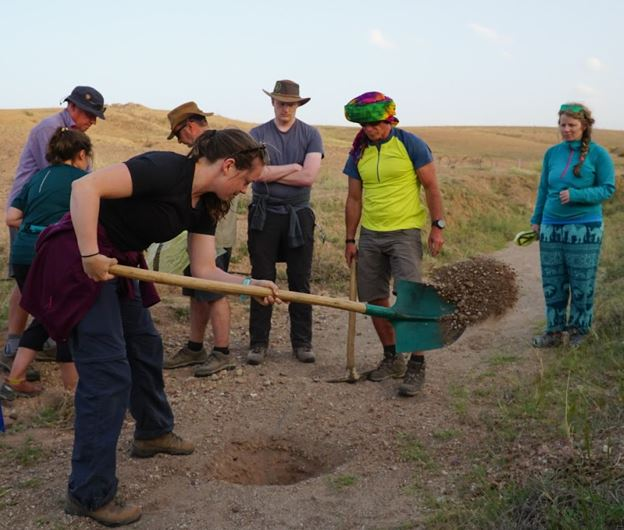As part of the UK's only multidisciplinary Royal College, you have the chance to join an innovative international community dedicated to promoting the very best in patient care. Find out more about how we can support you and your career:
Membership
Becoming a Member of the Royal College of Physicians and Surgeons of Glasgow connects you to a global community of healthcare professionals. Whether you're starting out, developing your expertise or leading in your field, we offer tailored support, education and opportunities at every stage of your career.
.png)
Our community
15,000
Members and Fellows
5
Specialist professions
100
Countries worldwide
20
Networking events annually
Membership categories
Choose the membership type that best suits your professional needs and career stage.
Fellow
Suitability criteria:
- Established Specialist/consultant Level
- Senior leader/educator/researcher
- Strategic/influential role in the profession
Member
Suitability criteria:
- Postgraduate/early specialist training
- Specialist trainee/early independent practice
Associate
Suitability criteria:
- Qualified healthcare professional
- Experienced practitioner
- Progressing toward full membership or fellowship
Affiliate
Suitability criteria:
- Undergraduate/student
- Early postgraduate
- Pre-membership/pre-specialty training
Membership key benefits
Membership offers professional recognition, access to exams and CPD points, career support, global networking and exclusive scholarships and discounts.

Explore membership by profession
 (1).png)
Physicians
Join our network of physicians with access to world-class courses, exams, CPD and leadership opportunities.
Explore membership
Surgeons
Access tailored surgical training, exams and a community dedicated to advancing surgical excellence.
Explore membership.png)
Dental Surgery
Join the Faculty of Dental Surgery and connect with professionals worldwide for qualifications and career support.
Explore membership
Travel Medicine
Be part of Europe’s only dedicated Faculty of Travel Medicine and access specialist education and support.
Explore membership.jpg)
Podiatric Medicine
Join the Faculty of Podiatric Medicine to advance your career with networking and professional development opportunities.
Explore membershipUnanswered questions?
Our team is here to help with any questions you have about your membership.
Contact the membership team